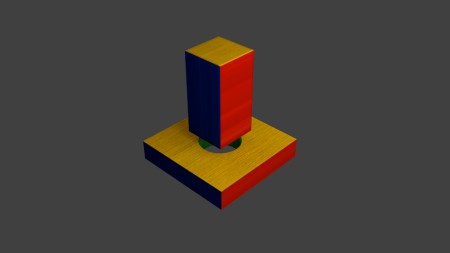with Jaimie Aitken, Grace Esford, Nora Downer, Claudia Rick
23 March to 29 April 2017

On the National Post’s website a recent article cites Sara Critchfield’s claim in New York magazine that according to Upworthy sensational headlines aim to satisfy our curiosity gap. For example, type-in“curiosity gap”and you will find that it is a powerful copywriting technique… It's so powerful, in fact, that using it recently led to a 927% increase in clicks on a Pricing page. [click] She Has A Horrifying Story To Tell. Except It Isn't Actually True. Except It Actually Is True. [click] #JeSuisIkea [click] Writer 'horrified' after Google uses his exposé to spread lies about caramelized onions.[click] @SeanSpicer’s role in the Trump administration will be to provide the American public with robust and clearly articulated misinformation. [click] Nailed It! [click] “The Dumbest Generation”…This shocking, surprisingly entertaining romp into the intellectual nether regions of today's underthirty set reveals the disturbing and, ultimately, incontrovertible truth: cyberculture is turning us into a society of know-nothings. [click] 16 Stories That Will Expand Your Mind… I am bored. You are bored. We are bored. The anvil is dropping. We live in a decaying age. Stupidity is in the air. We get it.
Like waves crashing on the shore in a storm, we are confronted with an increasing flow of information, much of it contradictory. With some of it fact and some fiction, who can keep count? Are we not left stupid, feeling totally dumb and overwhelmed? Stupidity’s current rise is often described as a turning away from intellectualism. However, does this position shift if we consider stupidity as resting wholly outside of fact-based knowledge? What proximal answers do we receive when we ask unanswerable questions? How do we get out of this mess?A quick internet-search produces a stream of articles announcing the positive effects of failure, of thinking outside the box, of turning towards experimentation to solve those difficult problems that demand a leap into non-knowing. And so, what happens when we situate stupidity as a means of the subject’s liberation from a pre-configured way of thinking? Possibly, within this model of inquiry, stupidity can become a generative means of production and an act of resistance against economic, political, and ideological pressures. Genese Grill proposes that “constant destabilization is accompanied by an opening to possibilities, and the articulation of new creation, [that] to see new is initially to see like a child, an innocent, or a fool. It is to stutter, stammer, stumble.” When we embrace uncertainty, failure, doubts and indecision, stupidity provides an opportunity for experiential learning—a site of alternative thought where we move from the illegible, the nonsensical, the seemingly foolish to understanding and making sense. To sum: if we are to claim stupidity’s usefulness, is it possible to be intentionally, even rationally stupid?
Gareth Long's Square Peg Round Hole folds together the questions ‘how is stupidity taught’ and ‘how can it be learned’. With various sculptural works that perform as stupid-learning tools, functionality is exceeded by futile acts that allow for moments of tranquility, poetry, and play. The tool is both stupid and allows for the learning of stupidity. While an animated video that repeatedly tries to stick a square peg into a round hole plays upon how stupid we are relative to our own bodies—a unifying type of senselessness. The problems of stupidity are grasped in both the form and content of the exhibition which also includes artwork by Jaimie Aitken, Grace Esford, Nora Downer, and Claudia Rick—Long’s former students from a course that extended his research on stupidity into the classroom. Here, stupidity’s never-ending generational conflict is investigated; stupid paintings echo stupid rules; four-quarters aspire to be a loonie; and we succumb to the state of perpetual free-fall.

